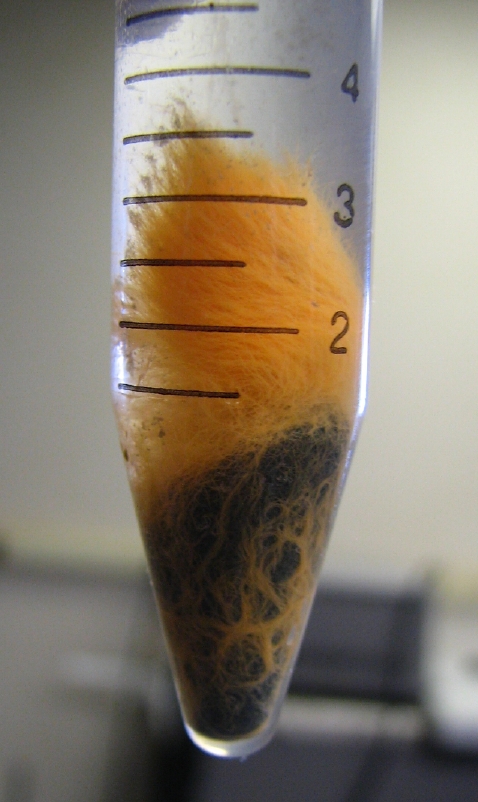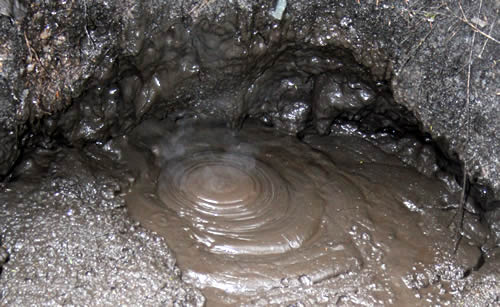With the advent of better technology (particularly DNA sampling and sequencing), bacteria were being grouped into 2 large groupings. These were the Archaea and the modern bacteria (referred to as Eubacteria). Members of the Eubacteria were better known because they had grown on suitable mediums for nearly a century. The link between bacteria and disease was one of the reasons this field was established.

The major features of Eubacteria are as follows:
1. Generally able to survive in the presence of oxygen
2. Generally they have two types of cell walls, that can be identified by certain staining techniques.
3. Widely distributed in a vast number of environments
4. Essential in nutrient cycles as decomposers.
The major features of Archaea are as follows:
1. Often found in extreme environments
2. Many cannot grow in the presence of high oxygen levels
3. Cells walls are chemically very different from Eubacteria
4. DNA sequences very different from Eubacteria
5. A high proportion of these are autotrophic.

Some of these bacteria live in environments thought to be like early Earth (hot, volcanic, chemical rich) it is possible that Archaea were the ancestors to many cell types found today.

No comments:
Post a Comment